Cats, Carbs, Death and Disease
What you feed your cat can help your pet avoid many serious illnesses. Much of what I as a practicing Veterinarian was originally taught about feeding cats – for prevention and treatment of disease – has been shown to be false.
The basis for this is that many ‘experts’ have thought of cats, with respect to nutrition and how they should respond to treatment of various diseases, as small dogs – when this is completely untrue.
Cats are obligate carnivores, meaning they need animal protein to survive. And many of the common cat diseases, such as diabetes, are directly linked to our incorrect assumption of feeding cats the same way we feed dogs.
Most cats are fed:
1.Dry kibble with no water
2.Foods with too high of a carbohydrate level
3.The wrong type of protein at too low of a level
Cats are unique…in so many ways completely different from dogs, yet in today’s modern world we are not treating them that way.
Consider this once uncommon disease…Diabetes.
This was part of an article from The Guardian, in 2007.
Fat cats facing diabetes epidemic as feline obesity takes its toll. Study shows one in 230 at risk from disease
The first UK-wide study of diabetes mellitus among house cats revealed that one in 230 are expected to develop the disease, with the most common species, the Burmese, at a far greater risk, with one in 57 affected.
The findings suggest diabetes is a greater health threat to the animals than over-active thyroid, previously the most common hormonal disorder affecting cats. Of the eight to nine million cats owned nationally, around 40,000 will have diabetes, the study’s authors said.
Researchers believe the numbers mirror dramatic rises in feline diabetes recorded elsewhere, including a fivefold increase in the US over the past 30 years.
Again, cats are obligate carnivores. You’ve heard this …but what does it mean?
Cats have evolved over millions of years into carnivores with unique ways to utilize the food they hunt, including the protein, fats and vitamins in their prey. Think about what cats eats in the wild: lots of protein and fat – not much carbohydrate. They hunt mice, birds etc… this core concept should be at the forefront of cat nutrition and disease.
Protein and carbohydrates
Although cats can use carbohydrates as an energy source, they have no need for
them. Cats have evolved by hunting other animals (high protein, low to moderate fat, minimal carbohydrate). Cats are designed for higher protein metabolism and lower carbohydrate metabolism.
They require much higher protein than dogs. Adult cats need 29% protein in their diet vs. adult canine minimum requirement of 12%.
Lack of Enzymes
Cats lack salivary amylase, further evidence that they are not designed to digest carbohydrates. They have only 5% of the pancreatic amylase activity and 10% of intestinal amylase activity of dogs.
Cats get far more of their energy from protein than most species.
Cats, as mentioned, have a short colon which limits their ability to use starches and fibers through bacterial fermentation (this is seen in humans, and animals such as dogs).
Cats lack the liver enzyme Glucokinase. This is used to breakdown sugar (glucose). Glucose becomes markedly elevated after a large carbohydrate meal – but cats lack the ability to rapidly break it down.
This has serious implications for the increased incidence of diabetes in cats. By flooding your cat’s blood with glucose they can’t break down, we are likely overwhelming the Pancreas – and ultimately seeing a decrease in Insulin production, and subsequently, Diabetes.
On top of Insulin, the new number one treatment for Diabetes is very simple….
1.Eliminate Carbohydrates
2.No longer feed Dry carbohydrate loaded kibble
3.Exclusively feed High protein, canned cat food.
So what should you be doing now?
If your cat is healthy, then first be grateful that they don’t have some type of chronic serious disease.
If your cat is eating only dry, carbohydrate loaded kibble, STOP feeding this exclusively.
Start slowly introducing a quality, preferably holistic canned food- look for food using a poultry based protein ( ie chicken).
This can take time- be patient, and first begin by NOT free feeding the kibble; feed your cat a regular intervals ( ie 3 times/day).
Then substitute canned food only during one of these feeding times.
Again, be patient- eventually and with the right food, your cat will try, and eventually like the canned food.
The pet food companies have made the dry food tasty, addictive, and difficult to quit- so expect some resistance here.
Soft stool can be normal during the transition, and in virtually all cases the stool will return to normal.
Personally I found it very difficult to switch my 2 older cats to a complete canned diet; they love the dry stuff.. What I have done is compromise, and now I feed them both 50% canned, and 50% kibble.
Yes dry food is convenient, easy, and your vet may say it’s OK, but your cat is much more likely to become sick if you feed exclusively kibble.
Start by making the change today.
Heal Your Pet At Home!
Best Wishes,
Dr Andrew Jones, DVM
P.S. My upcoming webinar on cat health and nutrition
Date: Thursday, October 10th, 2013
Time: 6:00pm Pacific (8:00pm Central, 9:00pm Eastern)
http://www.thecatsupplement.com/webinar/
Some of what you’ll learn…
What is the BEST Cat FOOD to feed?
The INCORRECT assumptions of feeding cats that are causing health problems… Here’s what you NEED to know to about Cat Food to PREVENT and Treat Common Cat Diseases
Cat urinary tract problems… Do you NEED expensive prescription food? PLUS Holistic solutions that WORK to STOP your cat’s urinary tract infection
Should you be feeding Raw food?… Is it even safe?
Cancer in cats: Can you help with nutrition?
KEY differences between cats and dogs – Cats are NOT small dogs, yet that is how I as a Veterinarian was taught to treat them
Vaccines and YOUR cat… What you NEED to AVOID to prevent serious side effects
Supplements: Are they REALLY necessary, DO they work, and HOW can you tell IF they are SAFE?
Anesthesia and Your Cat… WHY what you are being told about your cat could be WRONG
Chronic Renal Failure in Cats: its very common, but here’s what you should be doing FIRST
Why Low Protein diets are HARMFUL to your cat – and what you can do differently
Medications that are TOXIC for your cat… Here are the TOP 5 to avoid
CAN you do anything for your overweight cat?… Yes, MANY things – but do this FIRST
DIABETIC Cat?… Here is what you need to know to PREVENT and Treat this disease at home
P.P. S. As a bonus for signing up for my FREE Online Seminar NOW, you’ll receive my Complimentary Report: Foods and Plants Hazardous to your Cat:
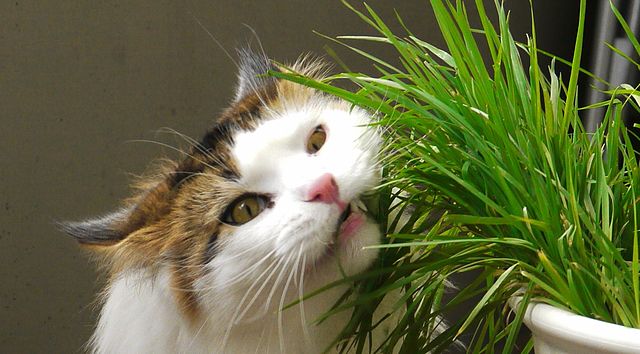
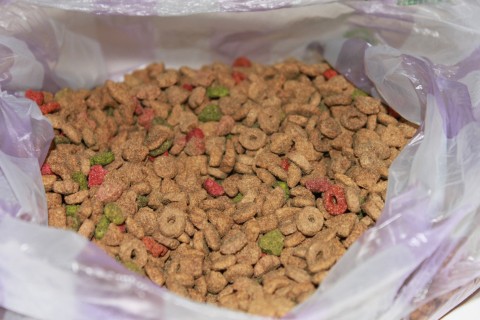
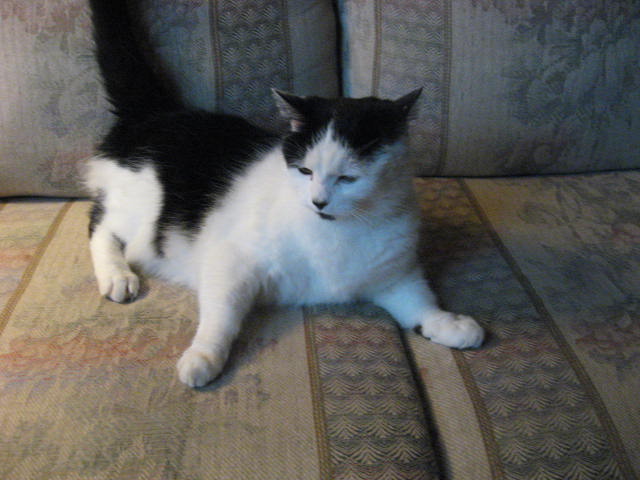
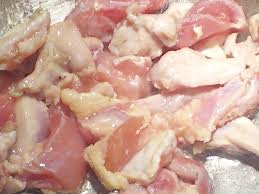

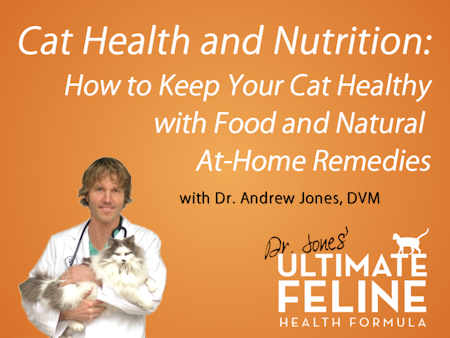
Will there be a recording available? Unfortunately I am not able to make the live webinar.
Hi Michael
Yes, the webinar will be recorded. Watch for info on that a few days after the session.
My cat loves wheat grass. I either did not see or it is not mentioned in this article.
Should I continue the wheat grass?
BTW I use strictly the Wellness brand dry and canned cat food.
Hi Robin,
The first thing my sanctuary cats seem to do when let outdoors ..is head for the grass. This made me realize they need this fresh, raw material in their diets. They often throw it up afterwards…so it likely helps them settle their stomachs and/or expel something that isn’t agreeing with them. And it certainly helps with hairballs! Lawn grass doesn’t particularly offer any nutritive value that I’ve been able to find…but wheatgrass and some others do.
Wheat grass in particular, as a ‘living food’, has a high chlorophyll content (antibacterial) and is a natural source of protein with 30 enzymes per my research. It is often used in holistic cancer treatments for people and pets and provides an incredible host of beneficial healing qualities.
I’ve just begun growing grasses again to supplement their needs. It helps keep them away from houseplants, outdoor plants that might prove toxic,(and lawn grass that grows over the boundary line that may have been sprayed with pesticides!) and grasses have vitamins, minerals and live enzymes as well as fiber.
Indoor cats don’t have access to such fresh, whole food supplements…so growing wheat grass (and maybe mixing in or alternating with some sweet oats and/or barley or catnip) is a good thing in my book.
I opt for ‘organic’ seeds, since others may be treated/sprayed with components that aren’t healthy for our sweet felines.
I am currently researching wheat grass and other natural treatments for one of my rescues with a nasal tumor…it’s the only hope. And I’m hoping/praying that I will be blessed to be able to offer some ‘anecdotal evidence’ of success at some time to share with others on my site. If anyone knows of any definitive holistic nasal tumor protocols, please advise!
Wheat grass and others likely supplement our cats with trace minerals and other nutrients and ‘living’ enzymes that they are denied in our disastrous commercial food, including the highest rated ones, and especially if they eat lots of kibble and/or low quality canned food.
Dr. Jones may respond otherwise, but my guess is that he, too, has observed this ‘natural habit’ that so many cats exhibit and also feels it speaks loudly and clearly of healthful benefits.
Hope my ‘two cents’ helps, Robin!
Finally, FINALLY a professional speaking out against all the “fillers” in dry cat food! We’ve always given our cats canned cat food. If you look at the ingredients in canned, the FIRST ingredient is meat.
Yes, I agree with Dr. jones. We have 5 cats and one is overweight. He was tested for diebetes and at the time, nothing was found. Per the Vet I have him on Wellness Core -grain free protein wet catfood…very, very little kibble. It is more expensive but it’s worth it. As per Dr. Jones I am also adding Colostrum. He is not energetic so play time is somewhat spotty.
He does try to move in on the others food so we watch him closely. He gets Dr. Jones supplement as do the others. They love it and I’ve noticed a marked improvement in all of them.
When you say you feed half wet and half dry, we do that as well… But I’m wondering how much of each you feed. We have an 11 pound cat and he eats one of the small 3 ounce cans a day and a quarter to a half cup of dry food. Does that sound about like the right ratio?
I like the concept of high protein, but isn’t it hard on cats’ kidneys (especially 10+ yrs) to process all that protein? Wasn’t sure if senor cats (10+) had different protein requirements.